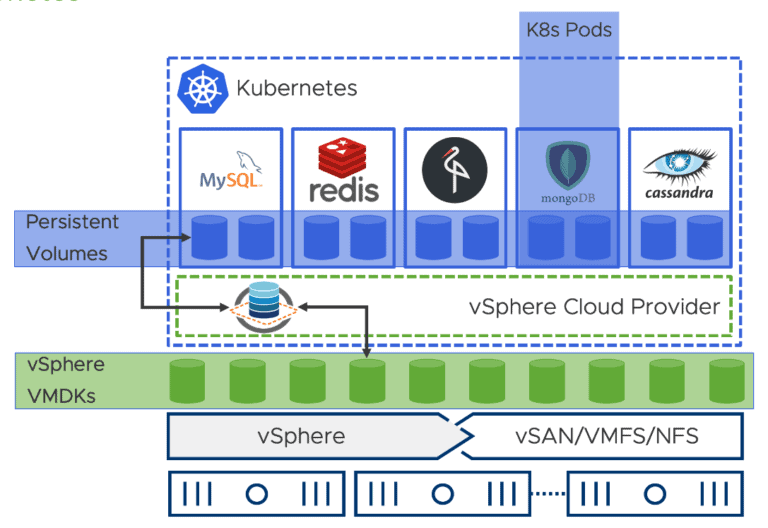Google said on Wednesday that it is planning to bring more automation to its popular Google Kubernetes Engine service. This will alleviate some of the headaches in infrastructure management and allow users to focus more on their workloads.
GKE is a cloud-based management and orchestration service for Docker containers that are used to host the components of modern and agile apps.
The platform is used for building and running the apps at scale while handling many of the tasks associated with the activities. Most of the tasks can be done in a few simple clicks.
No technical experience, no problem
With the GKE, users can spin up new containers, container pods, load balancers, and services, at a rapid pace. It also makes it possible to update, debug or resize containers in the event of issues. In addition to this, the platform has robust security features.
In a blog post, the GKE Product Manager Drew Bradstock said that users can now choose to use a fully managed version of GKE in the new Autopilot Mode. Bradstock said that with the optimized, ready-for-action cluster, Autopilot offers users string security, ops-friendly configuration, and reduces the need to learn every detail for proper configuration.
Seems to be working fine
GKE Autopilot ensures there is a strong security posture by implementing hardening guidelines and best practices, reducing the size of each cluster’s attack surface, and locking down individual nodes.
This means that right out of the gate, the users are not only properly protected but have measures put in place to deal with an attack if it happens.
Early adopters of the technology told Google that they were happy with it. Now, GKE has two modes and everyone who uses it gets to pick how they want things to play out.
